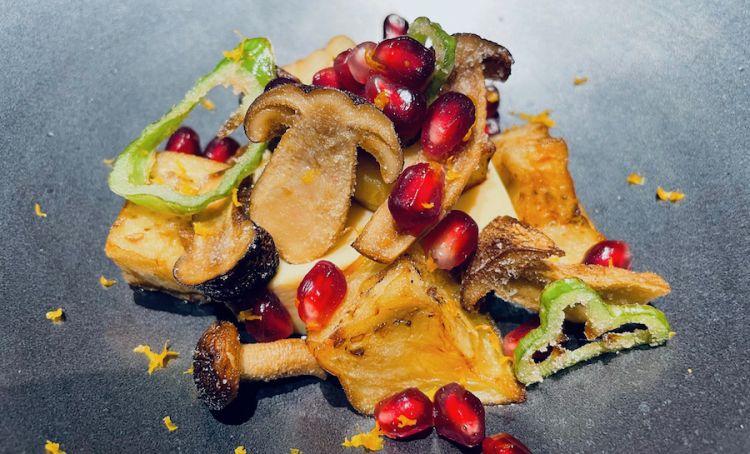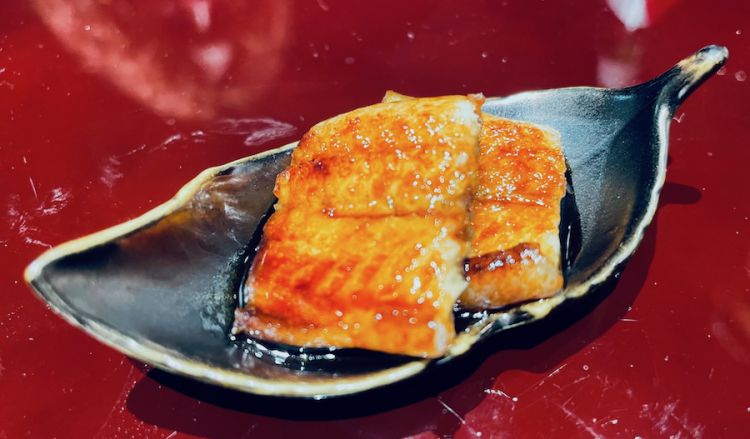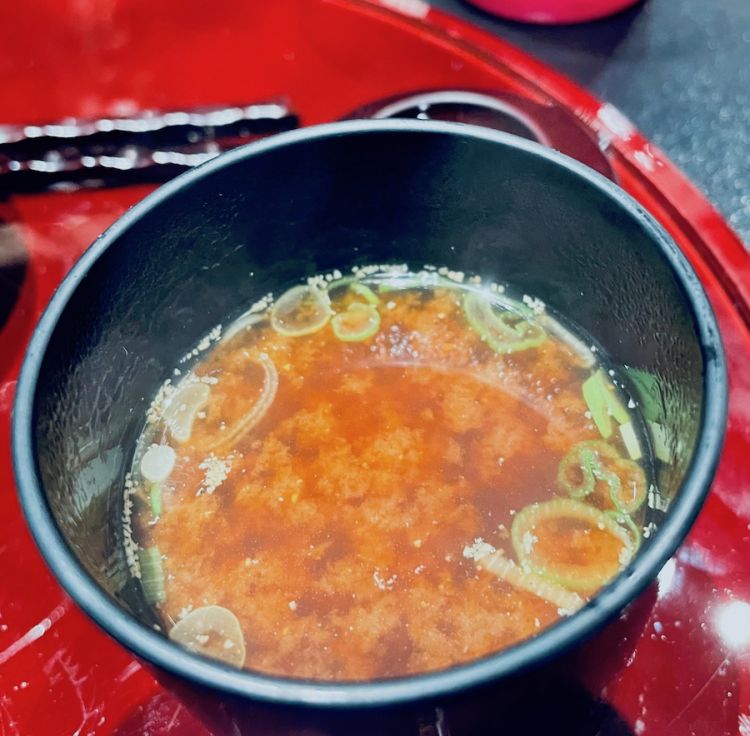A Japanese person should say so. It would be more meaningful. A bit like when some foreigners judge Italian cuisine in their own country, without having ever been to Italy. However, if there is one city where Japanese cuisine is well spread, it is Milan. Lots of offer and far too many all you can eat restaurants, with a few spots of genuine quality like at 41 Via Savona where Satoshi Hazama, born in 1984, opened Hazama in 2020. In theory three years have passed, but in reality it’s been less because of the pandemic.
Beyond that, however, Satoshi has been able to keep the bar straight, true to the idea of his restaurant: to offer Kaiseki cuisine, the age-old exaltation of a traditional meal punctuated by tiny courses. Forget sushi and sashimi, forget a hurried experience before running off to who-knows-where later, and take as much time as you need to get rid of the little daily woes and relax in a space that is almost unique in the city.

Closed on Mondays, it is open for lunch with service à la carte, while at dinner two Kaiseki menus burst in, the actual seven-course menu and the four-course menu that is like a gateway into a Japan of which one knows very little. I was enchanted by the first one, by the elegance of every single aspect of the dishes, the chef and those tending the room. And if it is usually said that an interview is a stolen article, because the interviewee puts the content there, sometimes a review can be as well. As in this case, such was the accuracy of the descriptions, course by course, by Chef Hazami himself.
1. Sakizuke: Small appetizer that should amuse the palate and make it curious to enter the world of Kaiseki tradition, or "stone in the fold of the robe," from an 'ancient tradition of Buddhist monks who held back hunger pangs by inserting hot stones into the inner folds of their robes.
Tamago dofu: Artisanal, steamed tofu ingot made from Eggs and Dashi. A small autumn vegetable garden represented by rice flour breaded vegetables such as Eggplant, Pioppini mushrooms and Friggitelli will give crispness to the dish. The pomegranate adds colour and sweetness, while the orange zest will capture your nose from the beginning. Finally, the warmth of the Ankake sauce made from Soy Sauce, Dashi and Mirin will envelop every element.
2. Owan: Steamed amberjack filet, served with its broth obtained by slow cooking the bones and cheeks of the fish to create a sumptuous soup. Shitake mushrooms, chestnuts and a representation of a maple leaf obtained by meticulously cutting a carrot complete the dish. The almost invisible lime peel is entrusted with the aromatic note.
3. Otsukuri: Elaborate sashimi, where the care in the search for the highest quality raw materials and my passionate relationship with knives (they are really a part of myself) is manifested in the technical mastery of cutting each component, from the fish to the very fine vegetables (ken) paired with it. Such mastery becomes an essential ingredient of the dish.
Tataki of palamita, amberjack and red shrimp, in the company of seasonal vegetables, carrots and daikon, all served on a shiso leaf that lends fragrance to the dish and fresh wasabi. In combination we find two sauces: Tsukuri-jouyu composed of Soy Sauce, Shaded Mirin and Konbu Seaweed, steeping for at least 7 days at a controlled temperature, with a smooth flavour. And Ponzu, made of Soy Sauce, Rice Vinegar, Yuzu Juice, Katsuobushi and konbu Seaweed all macerating for at least 15 days at controlled temperature dedicated to Palamita Tataki.
4. Hassun: This composition shows my vision of the current season, represented by each included element and photographed through the Cornmeal arranged to recreate the Maple leaves, which paint with countless, warm hues, the mountains of Gunma, my hometown, the destination of the traditional Momigi-gari, the observing of the Maple leaves tinged with red through multiple shades of colour.

Eel according to chef Satoshi Hazama, an extra
"Nanbanzuke" White Fish Carpione, delicate marinade and petals of Katsuobushi. Casket of Namasu Persimmon and heart of Celeriac marinated in Soy Sauce and Rice Vinegar and spheres of the same pulp as the star fruit. Filet of Hake boiled together with minute flakes of Daikon "Mizore-ni" which give structure and the illusion of a fluffy sleet to the most accurate look. Paired with fresh Figs that lend balance to the dish. Fried Taro Potato with a characteristic creamy texture and Dengaku miso sauce.
5. Agemono: Filet of Dentex in a crispy crust of Panko, Japanese breadcrumbs, laid on a carefully prepared toasted white Sesame sauce.
6. Oshokuji: Rice steamed in Hagama, an ancient traditional Japanese copper pot, scented with mirin and soy sauce. Charcoal-grilled Mackerel fillets, Porcini Mushrooms and the scent of the suave chives will be blended with the Rice before your eyes.
Next we find Otsukemono: Turnip Cabbage marinated in Soy Sauce and Rice Vinegar and Akadashi: Fine Red Miso Soup, aged in wood for 24 months, featuring an intense saltiness. This dish ends the menu as it has digestive properties.
7. Mizugashi: Sorbet of sudachi, a Japanese citrus fruit, and Roasted Hazelnuts. (photo below).
This is the fall menu, superlative in quality, intelligence and colour choices. Nice final note: the copper pot in which they cook the rice for the Oshokuji, in the long run creates a very pleasant crust on the bottom that is reminiscent of our fried rice, when done right.

Akadashi: Zuppa di Miso Rosso pregiato, invecchiato in legno per 24 mesi
Via Savona, 41
20144 Milan, Italy
Phone: +39.02.09955972
E-mail: info@ristorantehazama.com
Prices: 7-course Kaiseki 130 euros; 4-course tasting menu, 80 euros, excluding drinks.
Translated into English by Slawka G. Scarso